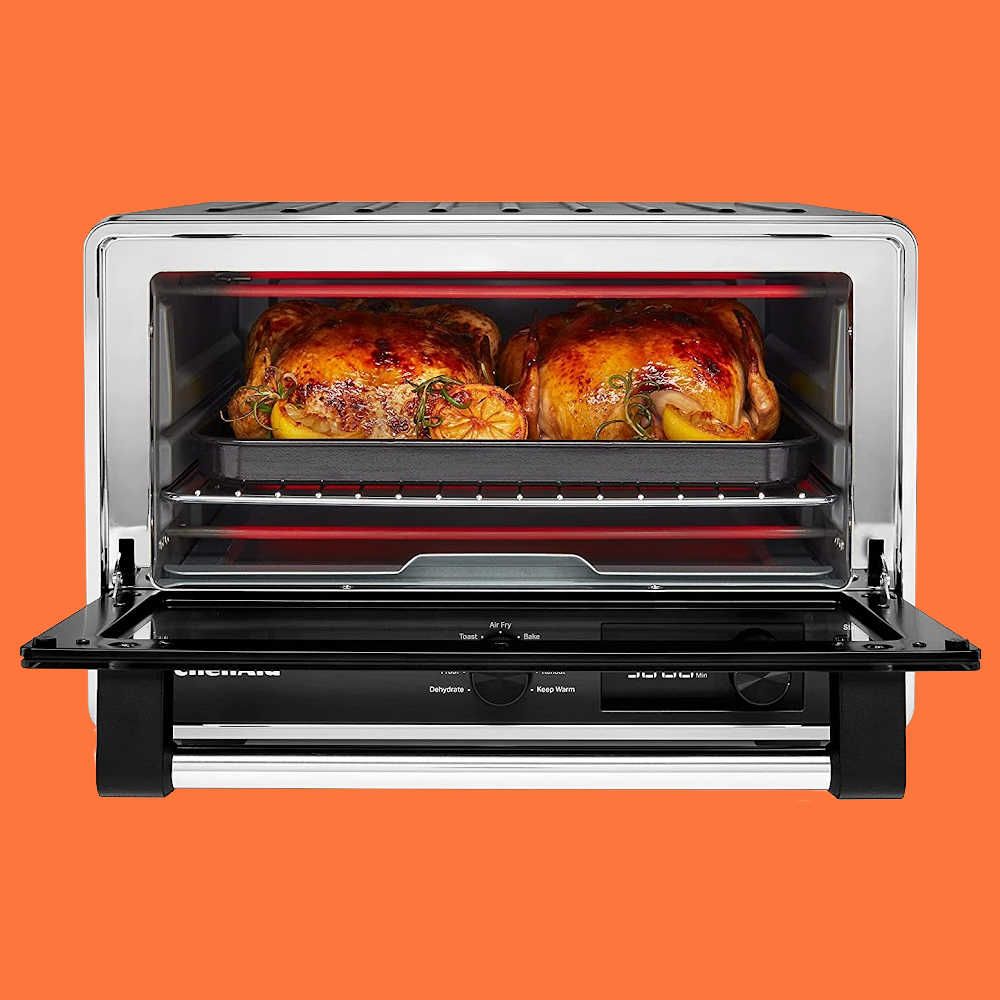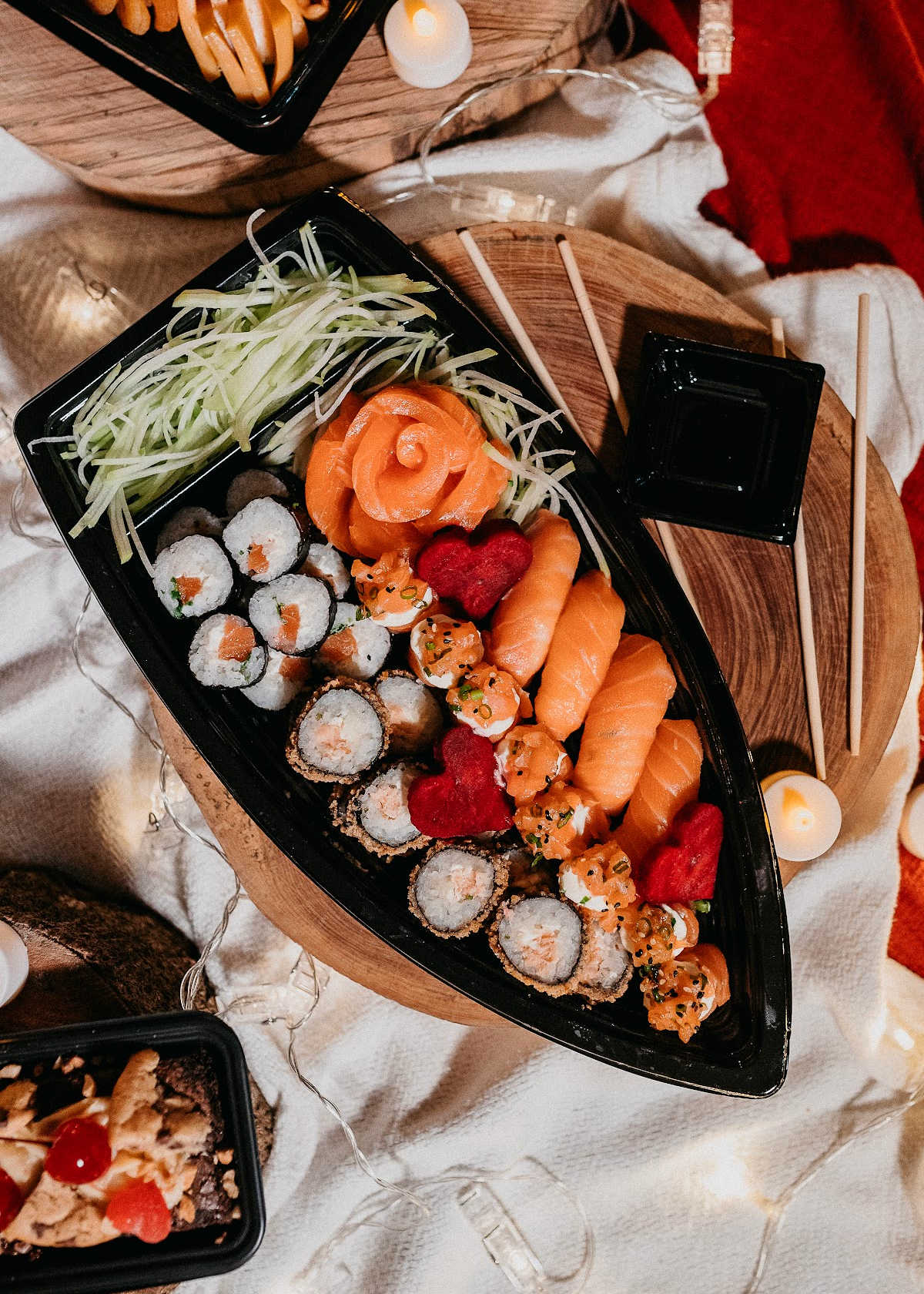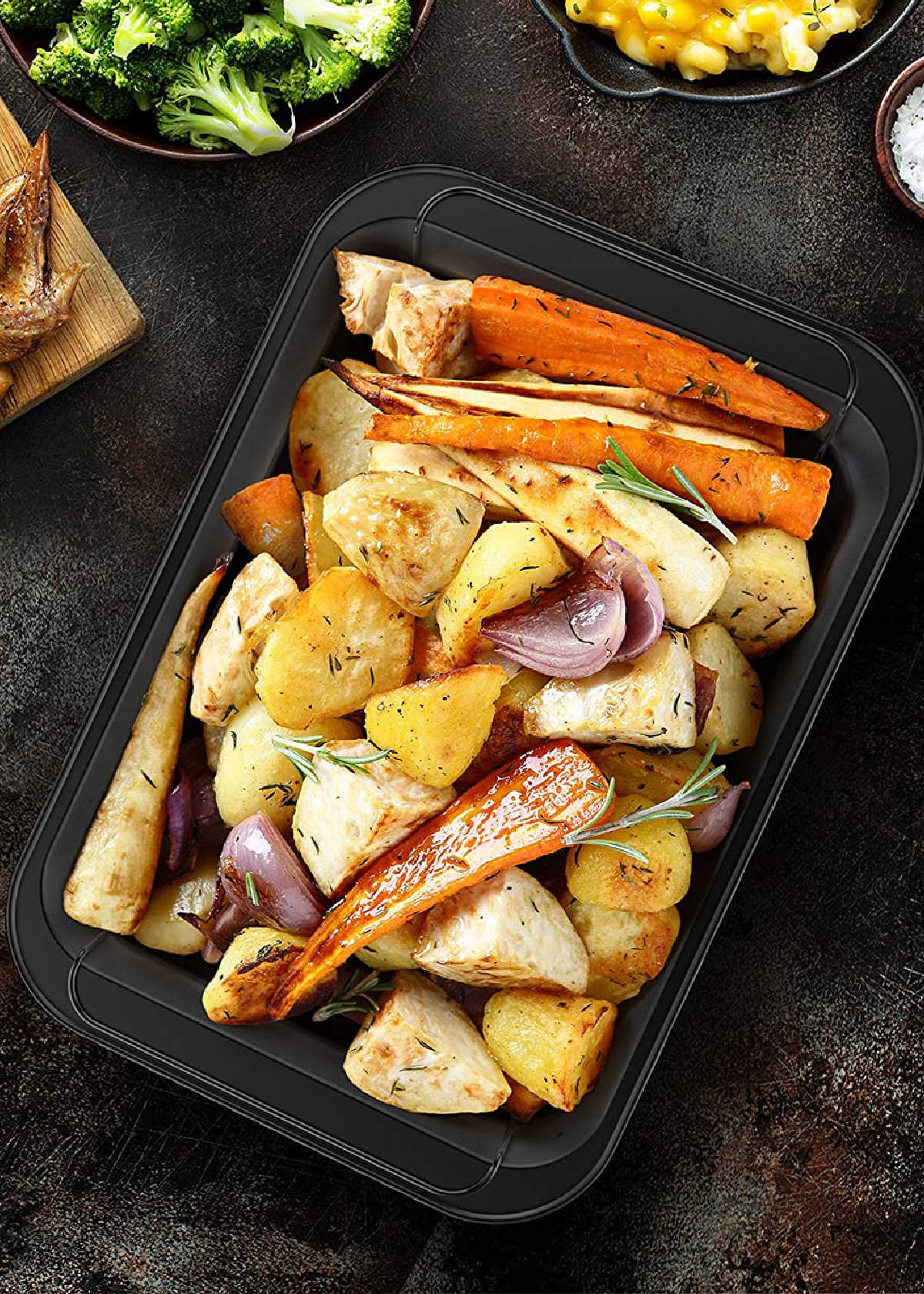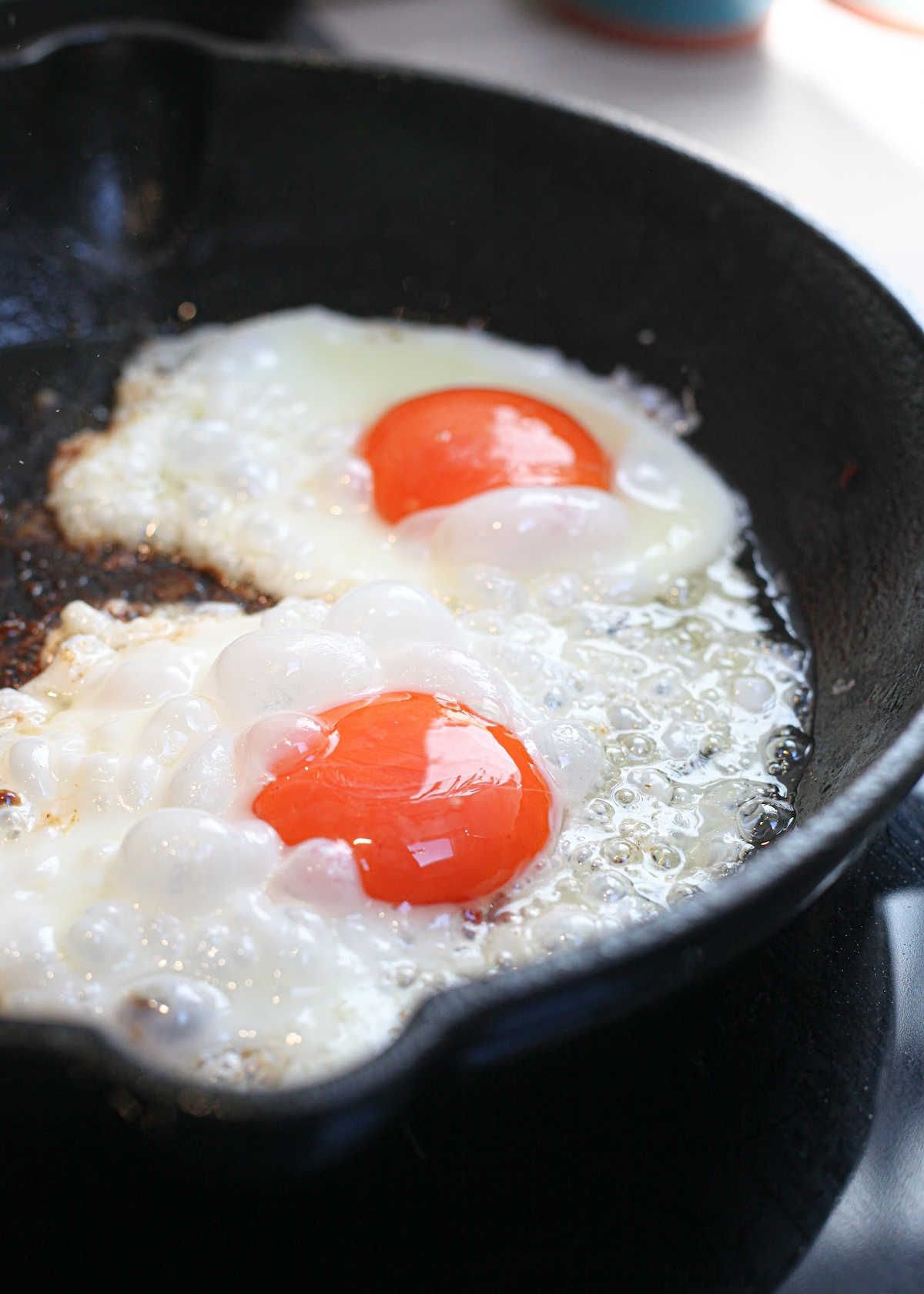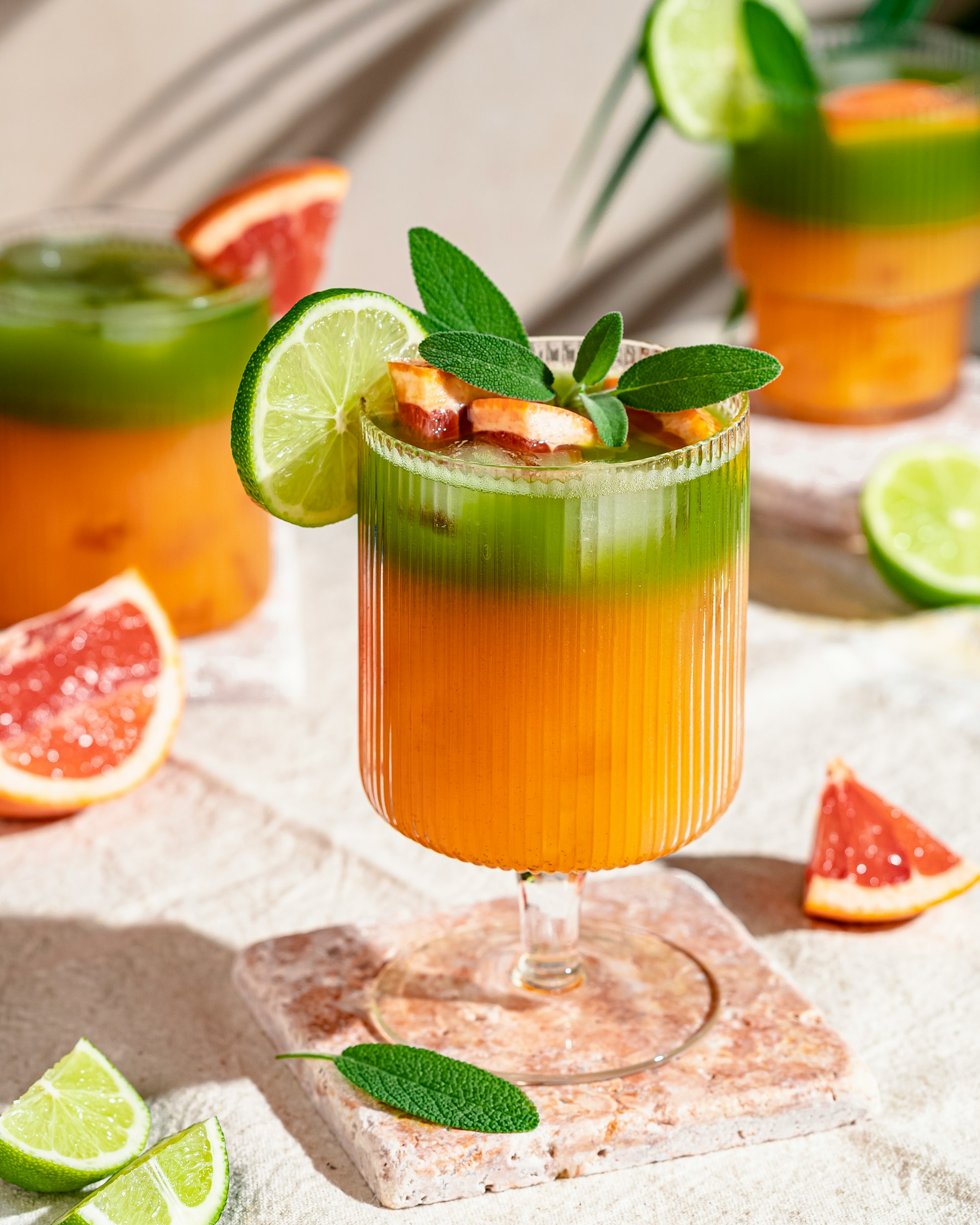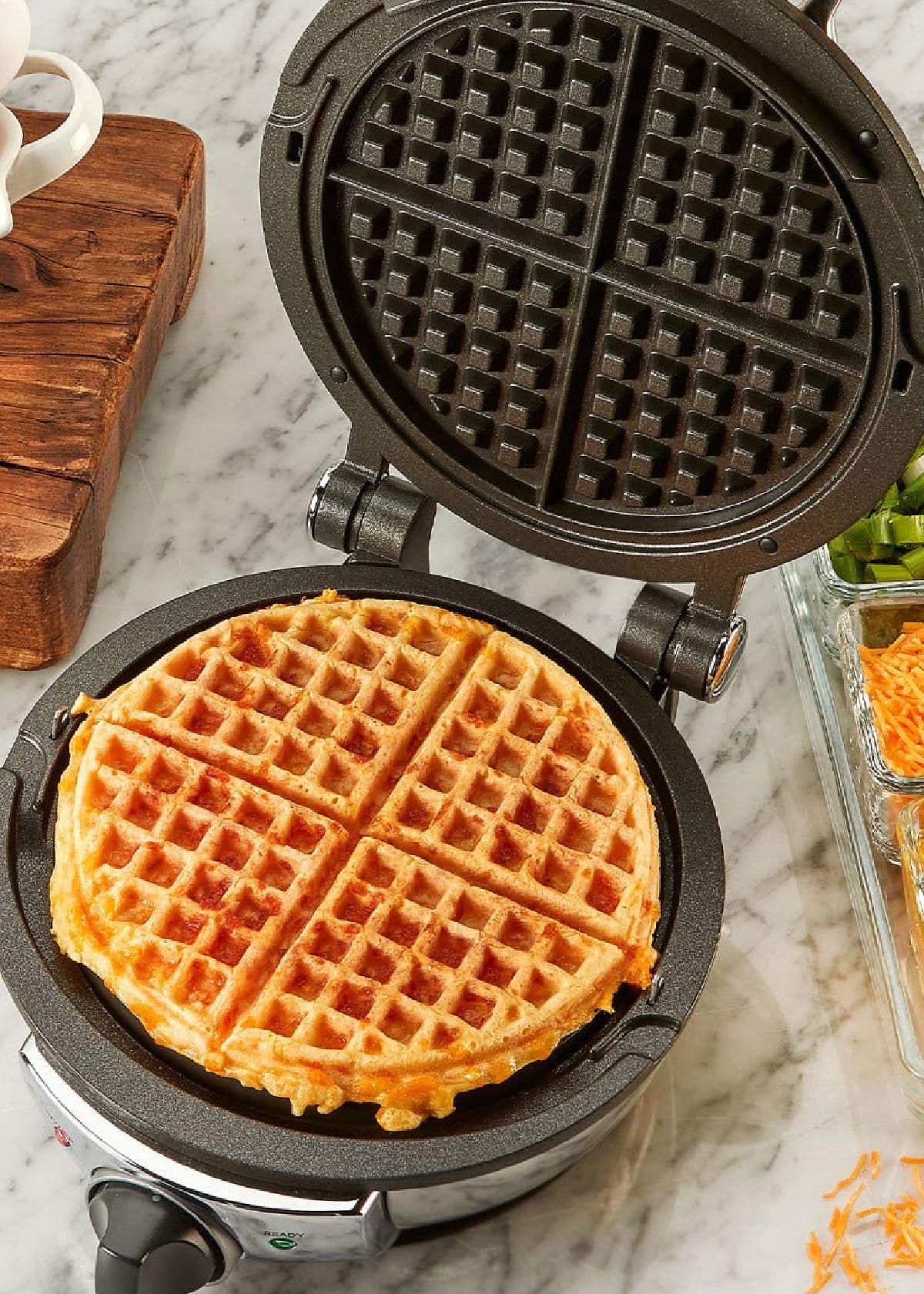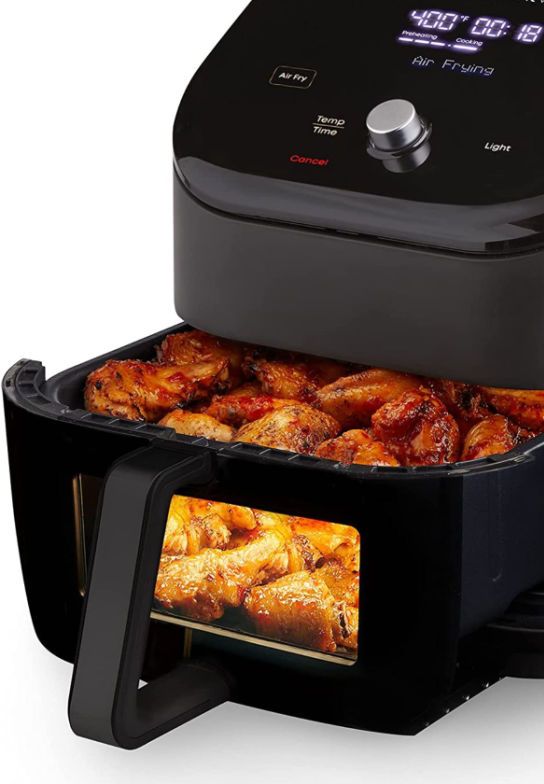Content Summary
White wine is a beloved drink enjoyed by many people around the world. However, many wine drinkers often neglect the importance of proper storage and serving temperatures when it comes to white wines. These factors play a crucial role in how the wine tastes and smells.


The Quick Answer
It is essential to serve white wine at the right temperature to bring out its unique flavor. The ideal temperature for serving white wine is 45°F (7°C) to 50°F (10°C); some prefer it slightly cooler at around 40°F (4°C). There are different temperature ranges for different types of white wines.
We will share with you an in-depth guide on white wine temperature and how to store and serve white wines properly, for both short-term and long-term purposes. Read on for the details.
This detailed guide is dedicated to white wine only. If you are interested in tips for wine serving temperature, read on the temperatures for storing red wines and white wines in the fridge.
Long-Term vs. Short-Term
White wine is a delicate beverage that requires careful handling to ensure maximum enjoyment. One way to preserve its taste and quality is to store it at the right temperature. We use the modern wine cellar: a wine refrigerator.
Long-term White Wine Temperature
The ideal temperature for long-term white wine storage is 55°F (13°C). This temperature allows the wine to age gracefully while preserving its flavor. It protects the wine from oxidation and aging while allowing it to mature slowly.
When storing white wine for long periods, make sure to avoid temperature fluctuations and store bottles horizontally to keep the cork moist.
This is particularly important for white wines that have a natural cork closure, as a dry cork can ruin the wine by allowing oxygen to seep in.


Short-term White Wine Temperature
For short-term storage, such as a few days to a few weeks or under 6 months, the ideal temperature for white wine is 45°F (7°C) to 50°F (10°C).
This temperature range slows down the aging process and preserves the wine's freshness and acidity.
Do not store white wine in a refrigerator for too long: the lower temperatures can damage the wine's delicate flavors and aromas.


Temperature For Different White Wines
When you serve white wine, you serve it at the proper temperature. Not ice cold, not to warm: at the perfect wine temperature.
Light-bodied White Wine
Light-bodied white wines, such as Pinot Grigio and Sauvignon Blanc, should be served chilled between 45°F (7°C) to 50°F (10°C).
- Light-bodied white wine is characterized by a pale color, low alcohol content, and refreshing taste.
- The cooler temperature brings out their citrus and floral notes while balancing their acidity. If the wine is too warm, it can taste flat and dull.
Full-bodied White Wine
Full-bodied white wines, such as Chardonnay and Viognier, should be served slightly warmer between 50°F (10°C) to 55°F (13°C).
- Full-bodied white wine has a rich texture, a slightly higher alcohol content, and complex flavors.
- This temperature range will bring out the wine's texture, its buttery, tropical, and oak, and soften its tannins.
- However, be cautious not to overheat the wine, as it can turn bitter and harsh if served above 60°F (16°C).
Sparkling Wine
Sparkling wines, such as Prosecco and Champagne, should be served well-chilled between 40°F (4°C) to 45°F (7°C).
- This type of wine is carbonated, has high acidity, and offers a refreshing taste. This temperature range will help preserve its bubbles, bring out its fruity and floral flavors, and add a crisp finish.
- The cooler temperature will accentuate the wine's effervescence and acidity while masking its sweetness.
- Avoid shaking the bottle and popping the cork unceremoniously as it can lead to a loss of carbonation and flavor.


How To Store Your White Wines
Here are some practical tips to store your white wine bottles properly:
- Store your wine horizontally: This position keeps the cork moist, preventing it from drying out and exposing the wine to oxygen.
- Keep your wine in a dark place: Exposure to sunlight, fluorescent light, and heat may damage the wine.
- Humidity level: The ideal humidity level for wine storage is around 70%. Too low or too high a humidity can cause the cork to dry out and allow air into the bottle.
- Maintain consistent temperature: White wine should be kept at a stable temperature to avoid fluctuations that can affect its quality.
- Avoid vibration: Wine should be kept in a stable place to prevent sediment from stirring up and affecting the taste.
- Separate storage: Avoid storing wine next to strong-smelling foods as they might taint the wine's flavors.
- A dual-zone wine cooler: This provides separate temperature zones suitable for storing both red and white wines at correct temperatures. To accommodate different white wines, it is recommended to use a dual-zone wine fridge.
By following these tips, you can make sure that your wine is stored properly and kept in optimum condition.


Serving White Wines
When it comes to serving white wines, here are a few tips:
- Decant the wine: For older white wines, decanting allows sediment to be poured out while aerating the wine.
- Choose the appropriate glasses: The size and shape of proper stemware can enhance the characteristics of white wine.
- Chill your wine before serving: For the best flavor, whites should be served chilled but not too cold.
- Chill your glasses: Before pouring the wine, chill the glasses in an ice bucket for a few minutes. This will help maintain the right temperature of the wine and ensure that it is enjoyed at its fullest potential.
- Instant bath: If you don't have enough time to chill the wine and glasses, you can place them in a large bowl of cold water for about 10 minutes. This will instantly cool the wine down to its proper temperature.
- Let the wine breathe: Opening a bottle of white wine before serving can release its aromas and flavor profiles.
- Pair with food: White wines pair well with light dishes such as salads, seafood, and poultry.
& Buit-In Wine Fridges & Small Wine Fridges & Beverage Fridges
Now you have a better understanding of the importance of white wine temperature and how to store and serve it properly. By following the storage tips above, you can ensure that your white wine remains fresh, flavorful, and of high quality.
Need a quality dual-zone wine fridge? Check out our selection of top-rated wine coolers in the blog post below to find one for you!

Whether you are a wine lover or a casual drinker, understanding the right temperature for white wine can enhance your wine experience. With these tips, you can make sure your white wines are served properly and can be enjoyed to the fullest.
Happy sipping!
Catchy Finds




